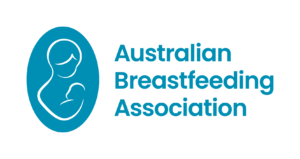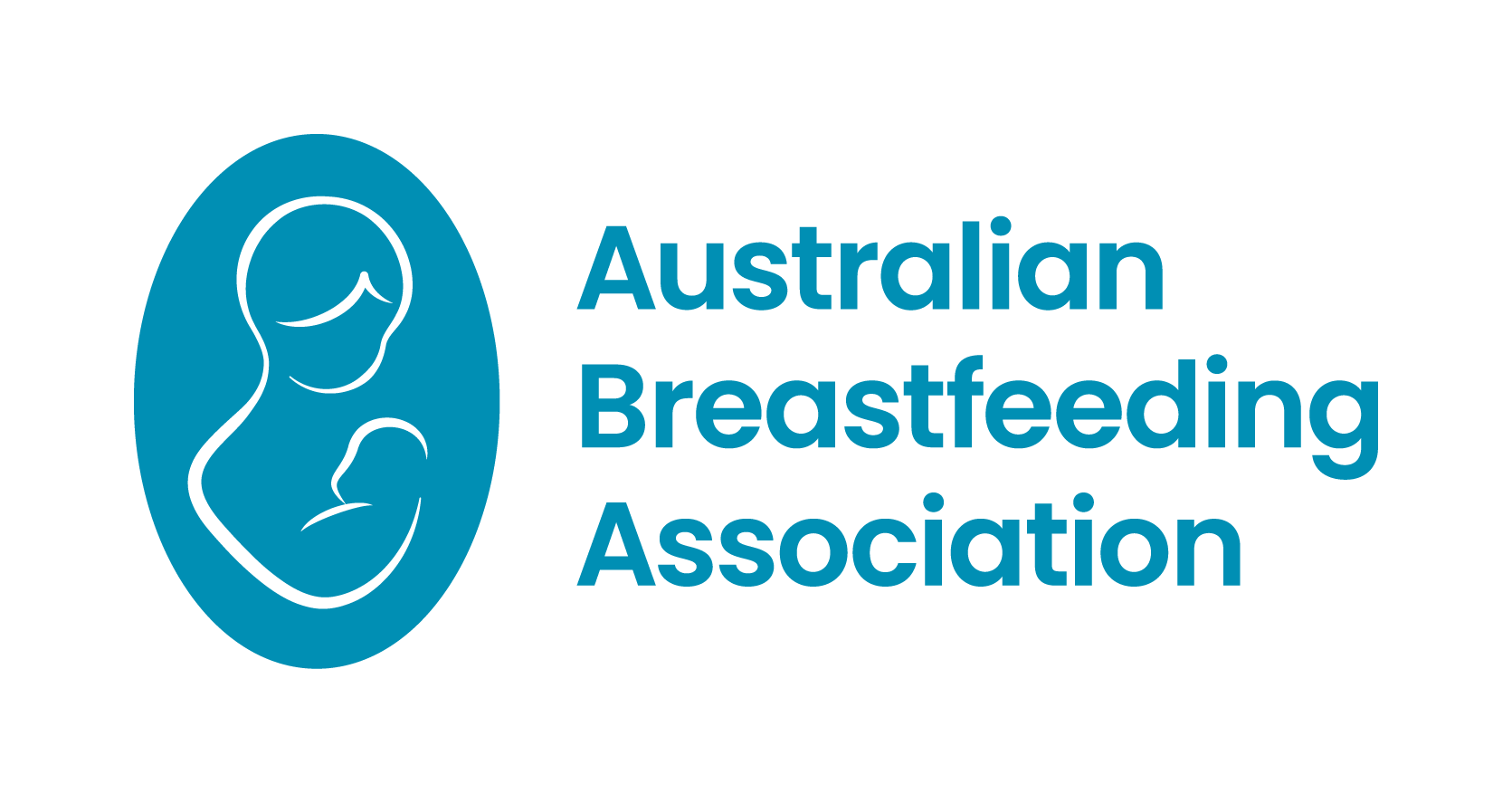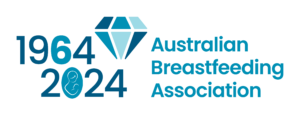Hello everyone,
I am sharing some elements of the International Code of Marketing of Breast-milk Substitutes (The WHO Code) with you.
ABA are key players because of our roles in caring for breastfeeding women and babies. Currently there are some significant events occurring in Australia that pull into question the way our country regulates the marketing/advertising/promotion of infant formula.
I realise that the detail of The WHO Code and marketing of infant formula may not be foremost on your radar even if you understand the importance of its role in protecting breastfeeding.
One way that helps me to think about it is that while infant formula can be an important food source it should not be used to displace breastfeeding. This was the key reasoning for the establishment of The WHO Code in 1981. The Code has been subject to review at each World Health Assembly meeting since then and there is a collection of resolutions to ensure its ongoing relevance.
The WHO Code includes bottles and teats and weaning or complementary foods – thinking about how these might displace breastfeeding helps me to understand why these items need special conditions regarding their advertising.
What you should also know is that health professionals are an important focus of The WHO Code.
Here is what the WHO Code states for Healthcare Workers (HCWs). You can access a copy HERE
I am going to attempt to describe some key points from Article 7: Healthcare Workers.
- The need for HCWs to encourage and protect breastfeeding is the first statement (7.1).
- Our relationship with infant formula manufacturers and distributors is seen as very important too. Any information provided by infant formula companies to us should be factual rather than designed to promote formula use (7.2).
- Financial inducements are not to be offered to or accepted by HCWs to promote products. Family members of HCWs are also included in this (7.3).
- Samples of infant formula should not be given to HCWs unless it is for research and HCWs should not give samples to families (7.4) and finally,
- companies should tell health services or institutions if HCWs in their employment accepted contributions for fellowships or grants etc (7.5)
For those wondering about Article 4.2 (mentioned in the original document):
It speaks to information and educational materials for use with pregnant women and mothers – that these should promote breastfeeding and be honest about the outcomes of formula and mixed feeding and not idealise these.
Possibly none of this is new to you, but it can be good to see it. But wait, there’s more!
In 2022 WHO published a study of global digital marketing of infant formula. A link to the report is HERE.
The report categorically places HCWs as KEY TARGETS of infant formula companies. We are trusted voices in the lives of prospective and new parents. This demonstrates how important it is for us to understand our responsibilities under The WHO Code.
So, what’s happening in Australia?
The federal government released the Final Report of the Review of the Marketing in Australia of Infant Formulas [MAIF]: Manufacturers and Importers Agreement on Friday 12th April 2024. ABA’s response to this is HERE.
You can have a look at the 100 plus page document HERE 😉
The current MAIF Agreement is a voluntary agreement (infant formula companies do not have to be signatories) and there are minimal consequences for breaches of the Agreement. The MAIF Agreement covers the marketing of infant formula from birth to 12 months.
The report includes ten recommendations. Now we will see what the federal Health Minister/s will do about these recommendations.
Importantly, the key findings from the report begin with this statement:
This Review has determined that the voluntary, self-regulatory approach [for the MAIF Agreement] is no longer fit for purpose and recommends the establishment of a stronger regulatory framework in the form of legislated, prescribed, mandatory code.
ABA will make a submission to the ACCC at the end of June about whether MAIF should be re-authorized. We will also provide guidance for our project partners who are working in health promotion, advocacy and food governance and want to make submissions.
We will keep you up to date with this and other opportunities to make comment from your perspective of providing care and support for breastfeeding women and families.
If you would like to learn more about the details of the current Australian landscape of infant formula regulation and ABA’s breastfeeding advocacy, you can read Naomi Hull’s feature article in this edition and have a look at our webpage HERE.







